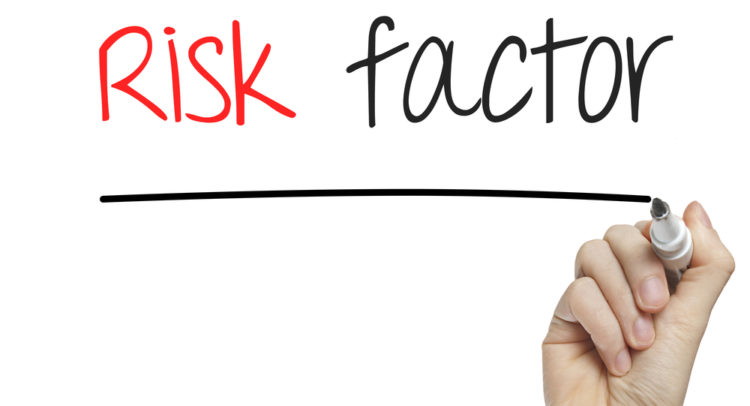Biotechnology company U.S. Stem Cell, Inc. (USRM) is focused on bringing to market autologous cellular therapies to treat heart damage, and vascular and autoimmune diseases. Its business is focused on developing cell therapy products, along with the sale of test kits and equipment, training services, laboratory services, and cell banking.
The company’s strategy is to expand revenue from enterprises such as training services and animal health products and reinvest these profits into the development of its clinical pipeline.
Let’s take a look at the financial performance of the company and what’s changed in its key risk factors that investors should know.
On the back of higher product sales, U.S. Stem Cell generated $84.4 thousand in revenue in Q1 2021, compared to $57.5 thousand a year ago.
Despite this increase in top line, higher operating expenses, loss on settlement of accounts payable and accrued interest resulted in a net loss of $0.98 million. The company had incurred a net loss of $575.8 thousand in the same period a year ago. (See U.S. Stem Cell stock chart on TipRanks)
Now, let’s look at what has changed in the company’s key risk factors.
According to the new Tipranks Risk Factors tool, U.S. Stem Cell’s two main risk categories are Finance & Corporate and Legal & Regulatory, which account for 42% and 33%, respectively, of the total 12 risks identified. Since December, the company has changed two key risk factors.
Under the Finance & Corporate risk category, the company acknowledges that it will need to secure additional funding to continue to finance its operations. If it fails to secure these funds on acceptable terms, it may have to curtail or cease operations. At the end of March, the company had cash and cash equivalents of $444.1 thousand, while its working capital deficit was ~$10.3 million, indicating the company’s need for funds.
Under the Tech & Innovation risk category, U.S. Stem Cell highlights that all of its product candidates are in early development stages and it may never succeed in commercializing them. The company is heavily dependent on the success of its candidate, MyoCell, for which it has invested substantially. Clinical trial work by the company remains suspended at present, as it focuses on revenue-generating streams.
The Finance & Corporate risk factor’s sector average is at 28%, compared to U.S. Stem Cell’s 42%. Shares are down 73% so far this year.

Related News:
Johnson & Johnson Mulls Putting Talc Liabilities into Bankruptcy — Report
Interactive Brokers Aims to Attracts Individual Investors in Europe
Shift4 Discloses Preliminary Q2 Results; Expects Sales to Double









